
Upstarts: Reducing ‘No-Show’ Rates
Algorithm helps medical offices to schedule reminders and fill vacant appointment slots with patients who urgently need to be seen.

Algorithm helps medical offices to schedule reminders and fill vacant appointment slots with patients who urgently need to be seen.

Johns Hopkins engineers are training computers to see only structures of interest—say, a needle tip and kidney cyst for a drainage procedure—extracting out all “noisy” background material in ultrasounds.

Knowing as much as possible about the genetic makeup and impaired biological pathways of a particular patient could help physicians make more informed decisions, says Professor Donald Geman.
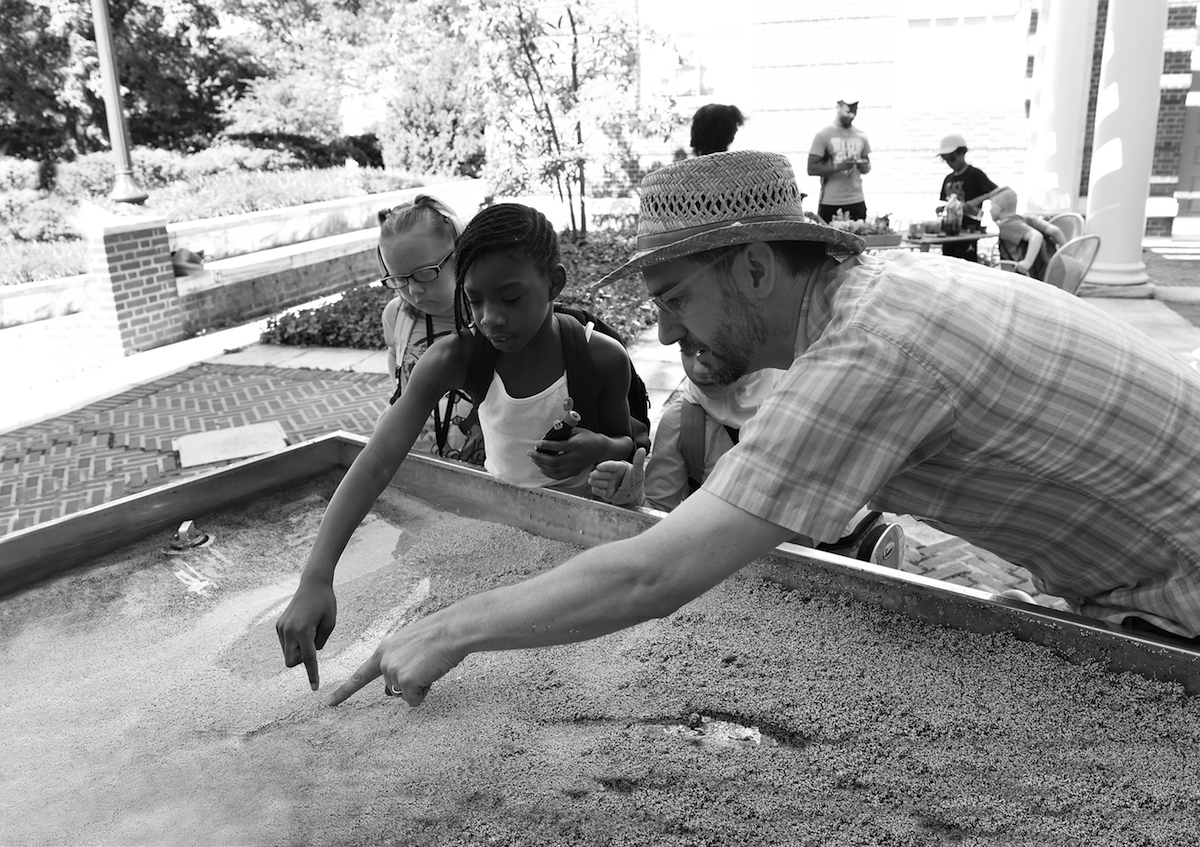
“For many families, myriad small logistical and financial barriers add up to giant roadblocks that limit the access these kids have to summer STEM programming,” says Johns Hopkins environmental engineer Ciaran Harman.

Trending quotes from Johns Hopkins Engineering faculty members.
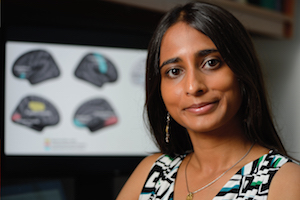
Engineering principles have influenced a variety of areas, but one that remains relatively untouched is the human brain. Archana Venkataraman aims to change that.
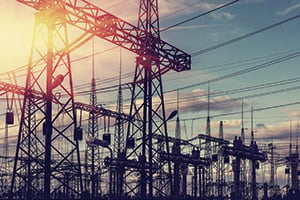
A cyber attack disabling America’s power grid would be catastrophic. New software developed at Johns Hopkins could help mitigate that risk.
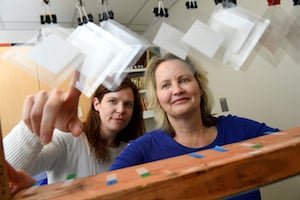
For decades, preservationists have helped protect historic documents, such as centuries-old maps, by placing them in clear envelopes. Enclosing them in these clear envelopes provides mechanical support to help keep these old, brittle treasures from crumbling while also allowing the public to see and sometimes handle them. But paper degradation isn’t a self-contained event, says Patricia McGuiggan.
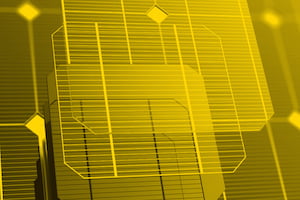
Next-generation materials for solar cells are cheap, flexible, and transparent, attributes that give them potential for creating films to coat windows or buildings. But defects that accumulate at large scales prevent them from being used for practical power generation.